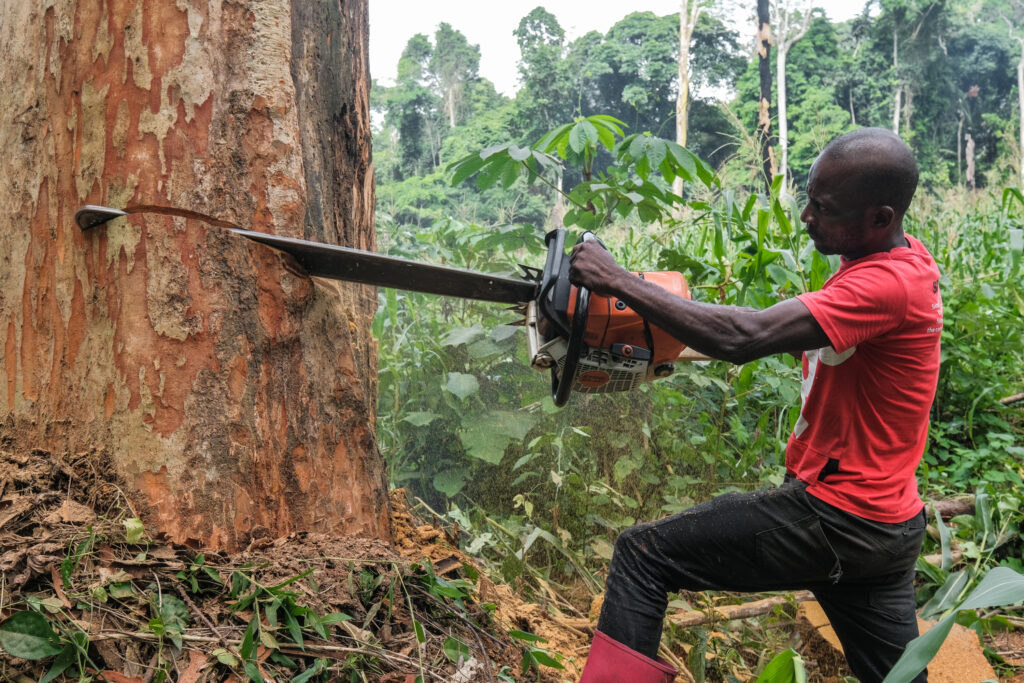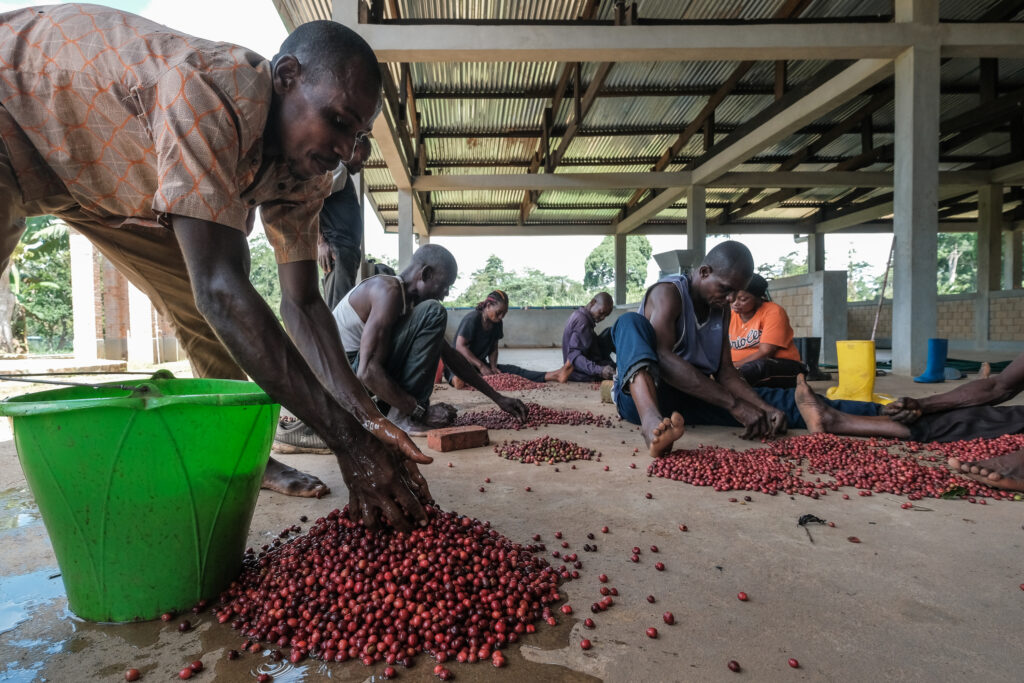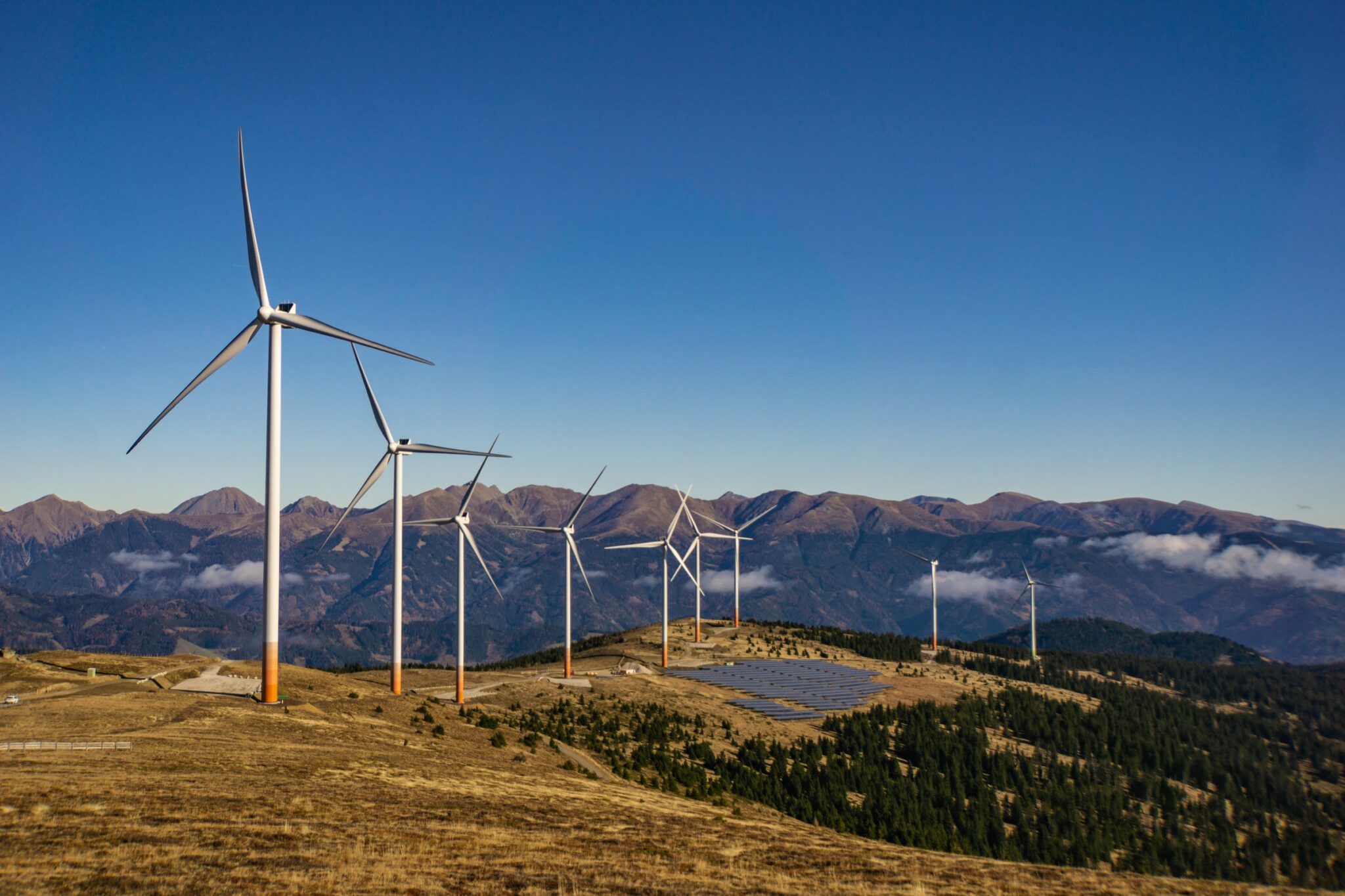Do you find it difficult to start functioning every day without a cup of coffee? You are not alone! With over 2.25 billion cups of coffee being drunk every day around the world, it is one of the most widely consumed beverages worldwide.
And the popularity of coffee only seems to be growing, also in predominantly tea-consuming regions like India and China.
Unfortunately for all of us, this rapidly increasing consumption pattern of coffee has created a huge sustainability concern for the coffee industry, and it is not just about the environment.
Where is coffee grown?
It was in Ethiopia where the first coffee plants were grown and around the 15th century, it was introduced to the rest of the world.
Today, you can find coffee being grown in over 50 countries, but the major coffee producers lie along the equatorial zones like Brazil, Vietnam, Indonesia, Colombia, and Ethiopia where it gets the right combination of temperature, rainfall, and soil conditions to thrive.
As a rule of thumb, coffee can be usually grown where it’s slightly too cold for cacao or palm oil. It’s a sturdy bush and can deal with rough climates, it will just produce less and worse coffee quality.
Why sustainability matters in the coffee industry?
The need for sustainability is crucial in the coffee industry today because the industry is simultaneously facing a number of challenges that threaten its long-term survival. To put the increasing demand for coffee into numbers, it is expected to ‘double’ by 2050.
At the same time, climate change will drastically change the geography of coffee production in the coming years. The countries mentioned above, where coffee grows the best, are already facing unsuitable temperatures and weather patterns and this trend is expected to continue.
Although countries outside the tropics could see an increase in suitability, the overall area of coffee production is expected to decrease by 2050.
Additionally, coffee growers are finding it hard to be economically sustainable because of low and fluctuating prices and market conditions.
Finally, the actual coffee farmers or workers have very poor working and living conditions which have raised serious social sustainability concerns in the major coffee-growing regions around the world.
What does sustainability in the Coffee Industry mean?
Sustainability in the coffee industry can only be achieved when all of these three issues can be addressed together:

#1 Environmental Sustainability in Coffee Production
The whole of the supply chain of coffee from the crop to your crop is filled with negative environmental impacts. Growing coffee needs a large piece of land and where do you get this land from? Clearing forest!
Cultivating, harvesting and processing coffee is a very soil, water, and energy-intensive process. Soil degradation, waterways pollution, energy inefficiency, and biodiversity loss are some of the major problems with coffee production. Moving on, transportation, unsustainable packaging, single-use coffee cups, etc. also seriously impact the environment, given the sheer scale of these operations.
Environmental Sustainability in coffee production can be achieved by practices like shade-grown coffee and organic farming. Shade-grown coffee promotes biodiversity and also helps to protect the quality of the soil and local waterways. Organic farming is very efficient in minimizing the usage and harmful effects of pesticides and fertilizers. Using sustainable packaging materials and recyclable cups and capsules can also help decrease the footprint of the coffee industry on our environment.
#2 Economic sustainability of the Coffee Market
Today, the majority of the coffee produced in the world is sold as a commodity. It is therefore prone to fluctuations in price. The cost of growing coffee, however, has increased significantly. Farmers end up getting just a tiny fraction of the price of coffee that end-consumers pay for. The volatile coffee trading market only serves to increase the instability of coffee, which is already susceptible to volatile growing conditions.
The economic Sustainability of coffee can be pursued through the use of mechanisms like fair trade and direct trade. Fairtrade helps to ensure that coffee farmers get a fair price for their products. Direct trade involves forming a direct connection between the buyers and the farmers. Training and resources are ways to help farmers improve their yields and quality. Certification schemes can be an effective means to reward farmers who grow their coffee sustainably and of high quality.

#3 Social Sustainability of the Coffee Farmers
As coffee becomes more unsustainable, you might have to pay a little more or drink a little less, which is bad.
But the real impact is felt and is being felt by the communities that are dependent on coffee for their whole livelihoods. In many parts of the world, Coffee workers are faced with extreme poverty and lack of access to education, healthcare, housing, and other basic needs. On top of that, there are problems of pay disparity between gender, child labor, etc.
Social sustainability is a very critical and often neglected aspect of the coffee industry which must be addressed by improving the working conditions, living conditions and access to basic human rights and needs of these communities. This can be improved by strengthening the institutions and governance of the coffee supply chain.
Case in Point: Colombia.
Colombia has some of the most renowned coffee-growing regions in the world like the Zona Cafetera, producing one of the best coffee in the world. The region has historically achieved economic prosperity majorly by growing coffee.
However, climate change has caused the quality and quantity of coffee grown in this region to drop rapidly over the years. Increasing temperatures have shifted the coffee growing zone higher up in the mountains.
The fall in production is made even worse by the fall in coffee prices because of cheaper coffee entering the global market from Asian countries. All this has resulted in an economic and social crisis in the region where coffee farming is no longer considered profitable and farmers are shifting to other crops to be able to make their living. The quality of living of the coffee-dependent communities has fallen.
In recent years, the Columbian Coffee Industry has tried to address these issues using techniques like shade trees, fair trade, certification, and others but a lot remains to be done.
Conclusion
The rise of the coffee industry is against the backdrop of several sustainability concerns. But things are beginning to change with increasing discussions about ways of making coffee more sustainable. The key to achieving this goal is to improve the supply chain processes, and everybody, including you and I, can play our part.








